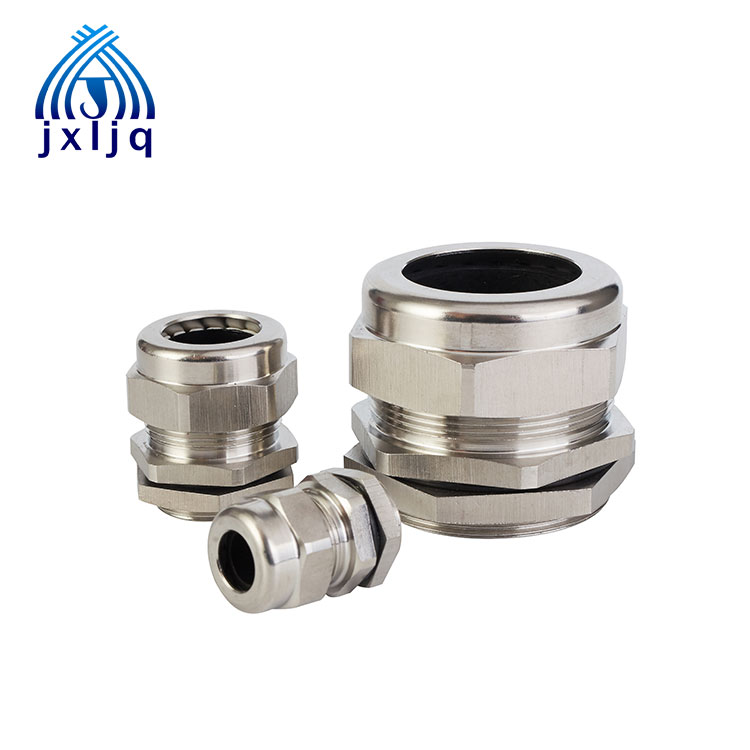Measurement methods of various
cable joints
1. Temperature sensing cable type Temperature measurement: The temperature sensing cable is placed in parallel with the cable. When the cable temperature exceeds the fixed temperature value, the sensing cable is short-circuited and an alarm signal is sent to the control system. The disadvantages of ordinary temperature sensing cables are: destructive alarm, fixed alarm temperature, incomplete fault signal, inconvenient system installation and maintenance, and equipment easily damaged.
2. Thermistor type temperature measurement: Thermistor can be used to measure the temperature of the cable, but it is an analog output. It needs to be amplified by the signal, and A/D converted to receive. Each thermistor needs to be individually wired, the wiring is complicated, and the thermistor is easy. The amount of damage and maintenance is large, and the sensor does not have a self-check function and needs to be checked frequently.
3. Infrared sensor temperature measurement: infrared sensor uses all objects whose temperature is higher than absolute zero to emit infrared radiation energy to the surrounding space. The infrared radiation energy of an object and its distribution according to wavelength are closely related to its surface temperature. Therefore, by measuring the infrared energy radiated from the object itself, its surface temperature can be accurately measured.
4. Thermocouple type temperature measurement: The thermocouple transmission signal requires a special compensation line, and the transmission distance should not be too long. It is not suitable for the actual situation where the cable head has a wide distribution surface; the thermistor is usually a platinum resistance, which generally requires three-wire transmission and balanced bridge output. The transmission distance should not be too long, and the anti-interference ability is poor.
5. Integrated circuit type temperature measurement: There are many types of integrated circuit type temperature measurement elements, among which the current output type element has a larger internal resistance and is suitable for long-distance transmission. Generally, they are small in size and can be sealed at the measuring point by a thermally conductive silicone resin, which is resistant to corrosion, humidity and high temperatures. The external wiring is led out by two wires to transmit data, but it is greatly affected by the electromagnetic force at the measurement point.
6. Optical fiber distributed temperature monitoring: The optical fiber distributed temperature measurement system is a relatively advanced system. The temperature measurement is completed by generating the reverse Raman scattering temperature effect of the laser pulse transmitted in the optical fiber. The latest optical fiber distributed temperature monitoring system allows an optical fiber loop length of up to 12 km and a measurement accuracy of ±1°C.


